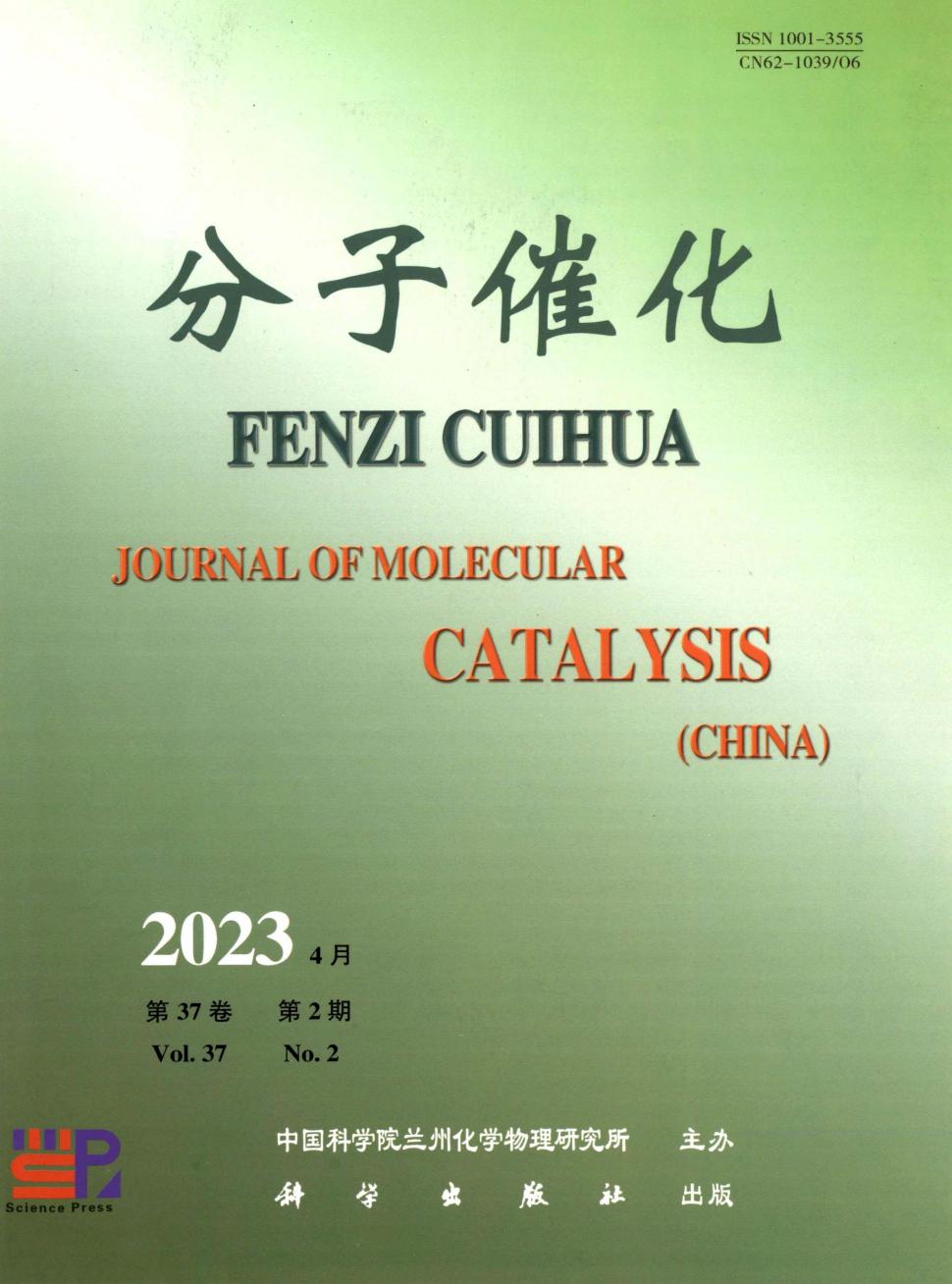The effects of differing degrees of thermal activation of RuO2·xH2O on its corrodability and oxygen catalytic activity
Q4 Chemical Engineering
引用次数: 0
Abstract
The kinetics of dissolution and oxygen catalysis of RuO2·xH2O samples, thermally activated at different temperatures in the range ambient to 100°C, are reported. The results of a kinetic study show that increasing the temperature of activation causes an increasingly thick, dissolution-inert and diffuse layer to form on the outside of the particles. The observed decrease in activity towards dissolution with increased annealing temperature is mirrored an by increase in the activity of the samples as catalysts for the oxidation of water to O2 by the BrO−3 ions present. The results of this work re-enforce the crucial link between the water content of a hydrated sample of ruthenium dioxide and its activity as an oxygen catalyst.
研究了不同热活化程度对RuO2·xH2O的腐蚀性能和氧催化活性的影响
本文报道了在室温至100℃范围内不同温度下热活化的RuO2·xH2O样品的溶解动力学和氧催化动力学。动力学研究结果表明,随着活化温度的升高,在颗粒表面形成一层越来越厚的、不溶于水的扩散层。随着退火温度的升高,观察到的溶解活性的降低反映在样品作为催化剂的活性的增加上,这些样品被存在的BrO - 3离子氧化成O2。这项工作的结果再次强调了水合二氧化钌样品的含水量与其作为氧催化剂的活性之间的关键联系。
本文章由计算机程序翻译,如有差异,请以英文原文为准。
求助全文
约1分钟内获得全文
求助全文
来源期刊

分子催化
Chemical Engineering-Catalysis
CiteScore
1.50
自引率
0.00%
发文量
2959
期刊介绍:
Journal of Molecular Catalysis (China) is a bimonthly journal, founded in 1987. It is a bimonthly journal, founded in 1987, sponsored by Lanzhou Institute of Chemical Physics, Chinese Academy of Sciences, under the supervision of Chinese Academy of Sciences, and published by Science Publishing House, which is a scholarly journal openly circulated both at home and abroad. The journal mainly reports the latest progress and research results on molecular catalysis. It contains academic papers, research briefs, research reports and progress reviews. The content focuses on coordination catalysis, enzyme catalysis, light-ribbed catalysis, stereochemistry in catalysis, catalytic reaction mechanism and kinetics, the study of catalyst surface states and the application of quantum chemistry in catalysis. We also provide contributions on the activation, deactivation and regeneration of homogeneous catalysts, solidified homogeneous catalysts and solidified enzyme catalysts in industrial catalytic processes, as well as on the optimisation and characterisation of catalysts for new catalytic processes.
The main target readers are scientists and postgraduates working in catalysis in research institutes, industrial and mining enterprises, as well as teachers and students of chemistry and chemical engineering departments in colleges and universities. Contributions from related professionals are welcome.
 求助内容:
求助内容: 应助结果提醒方式:
应助结果提醒方式:


